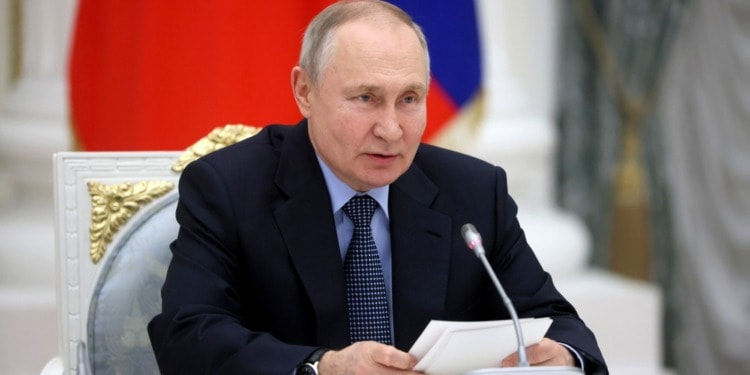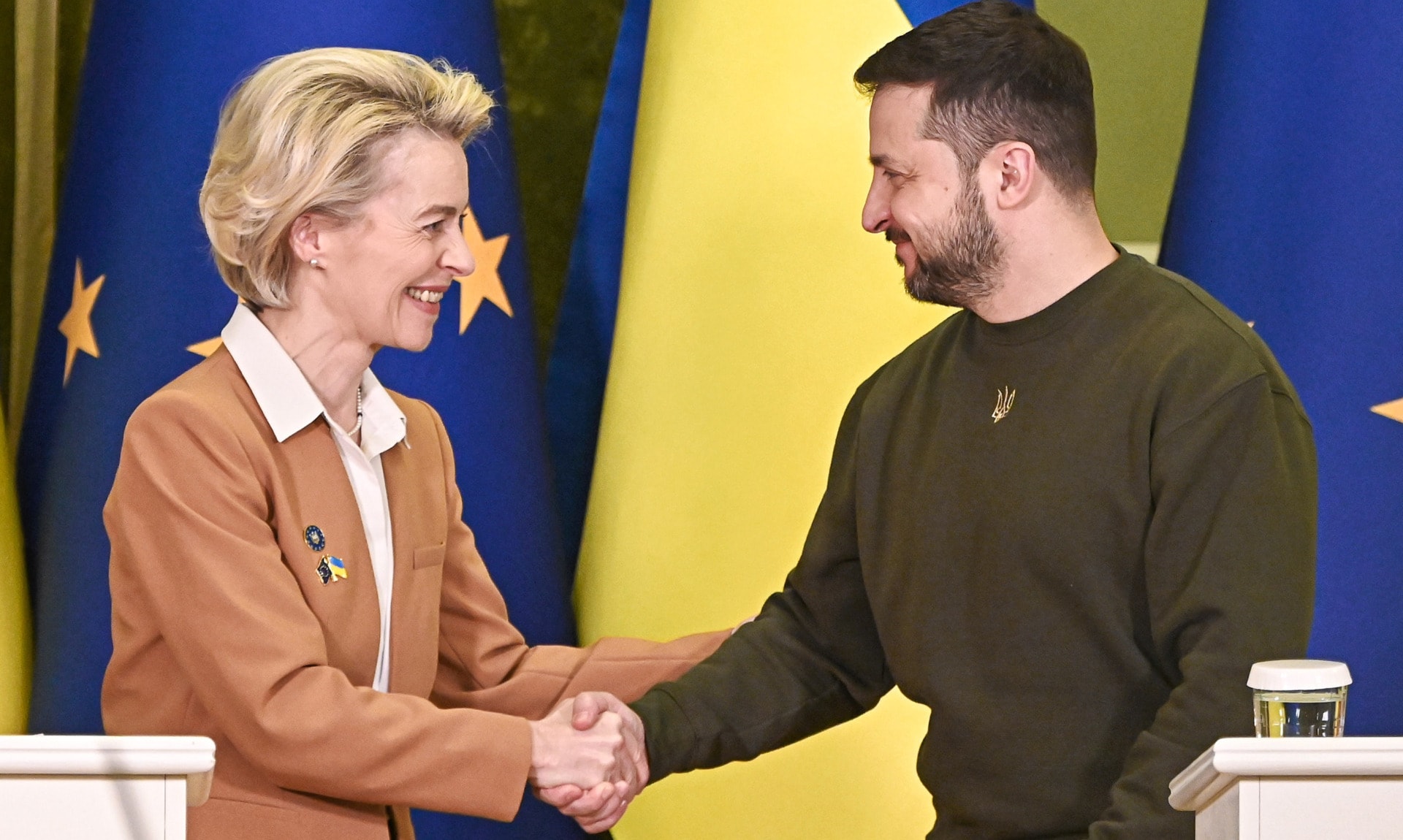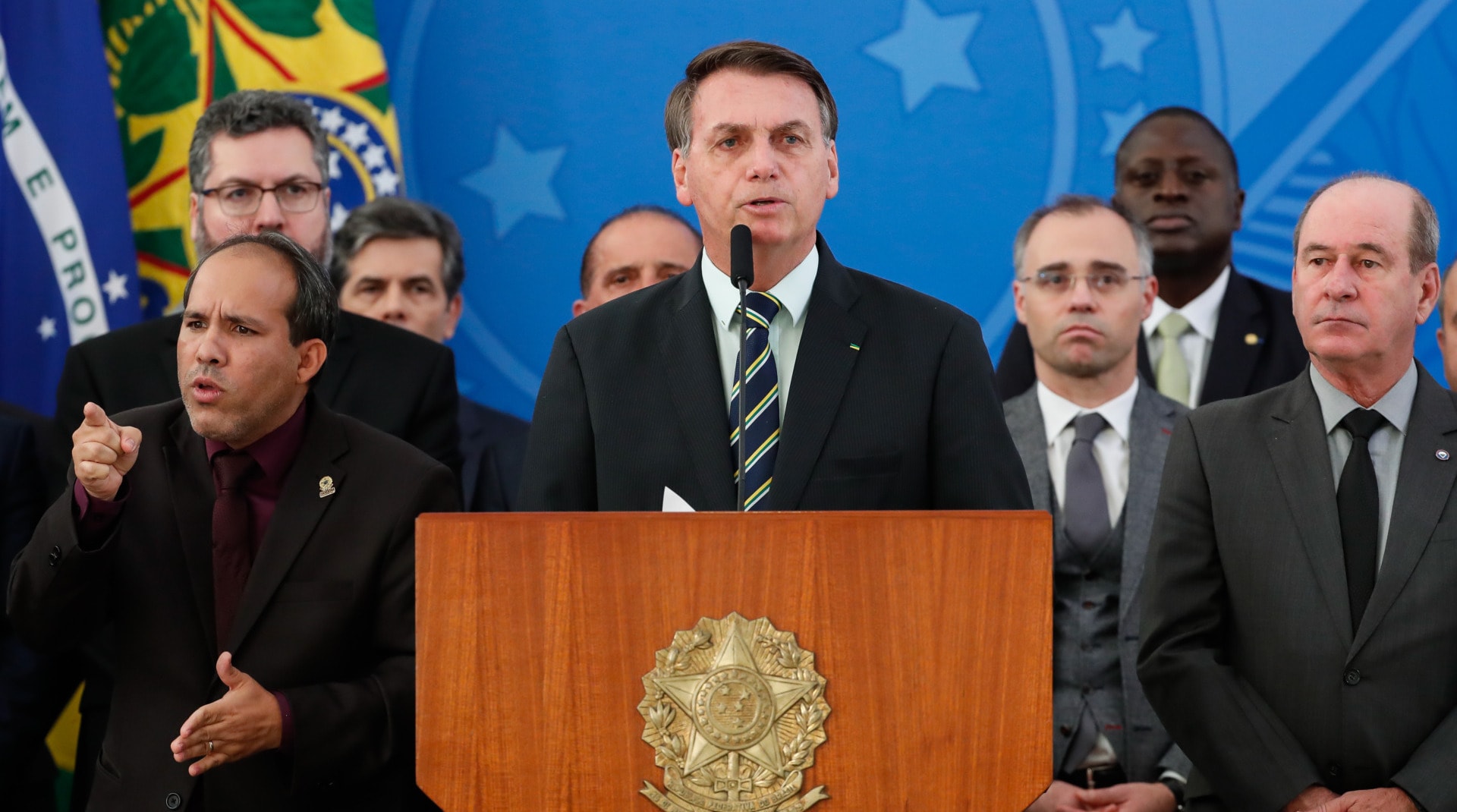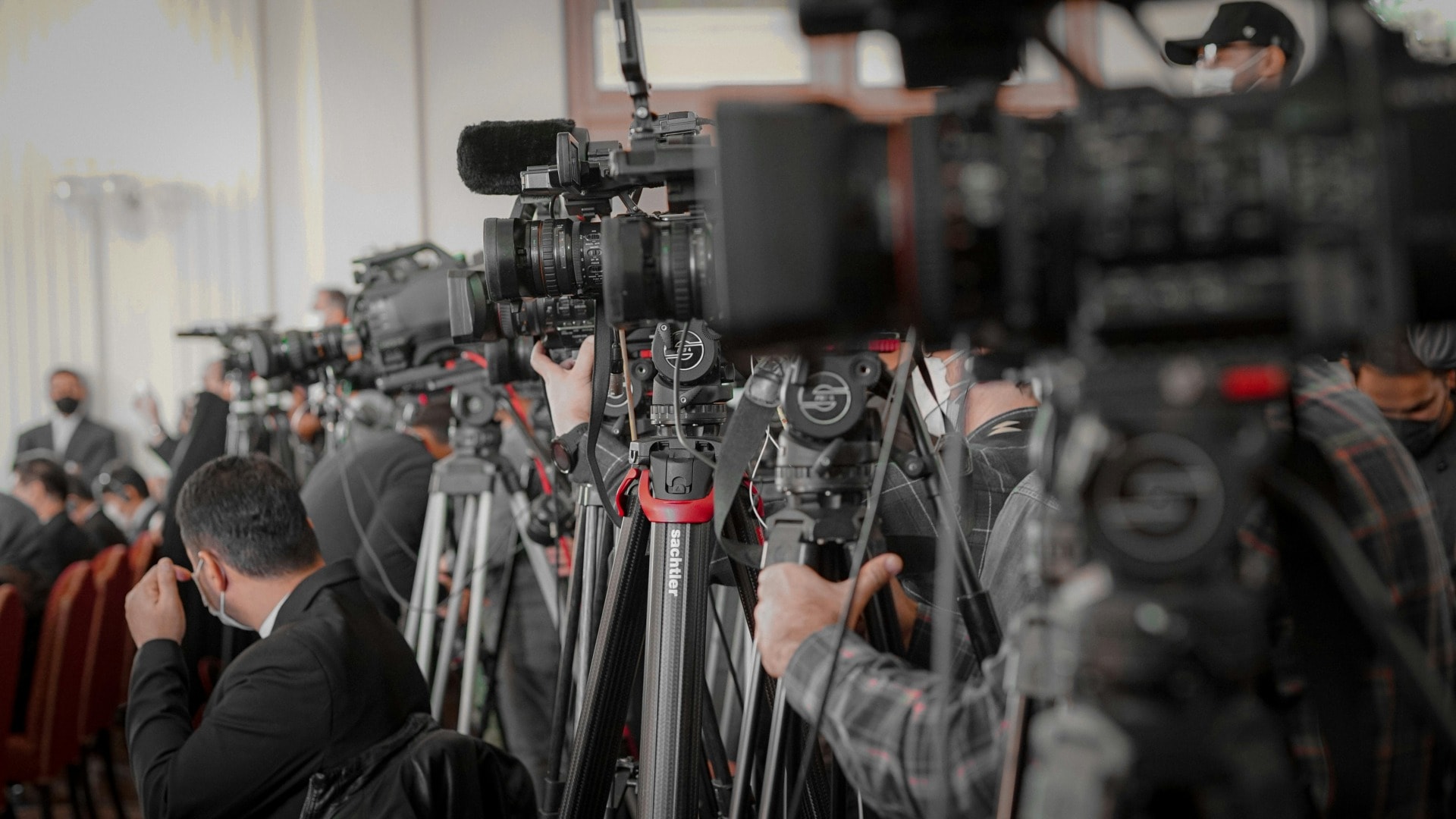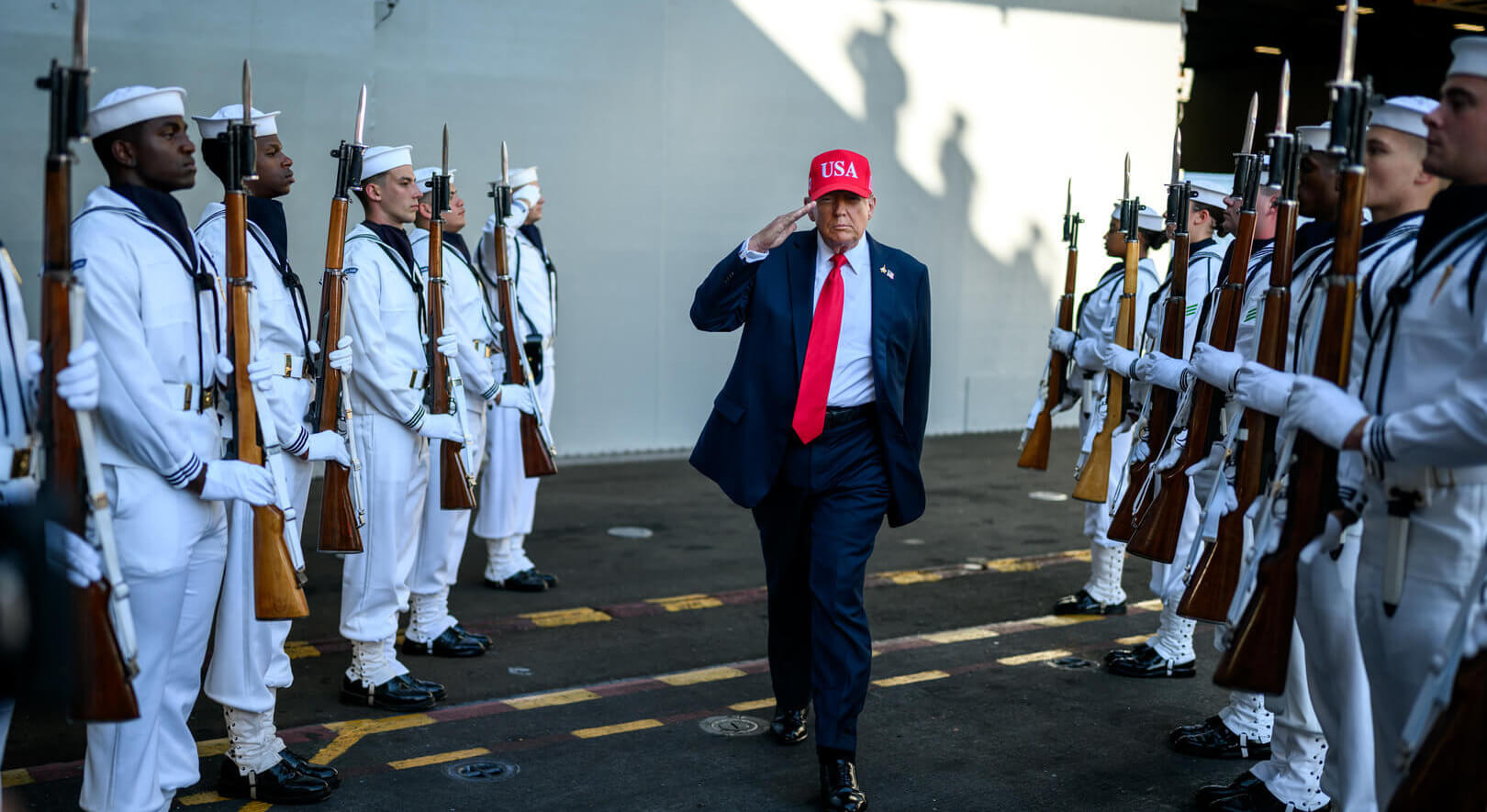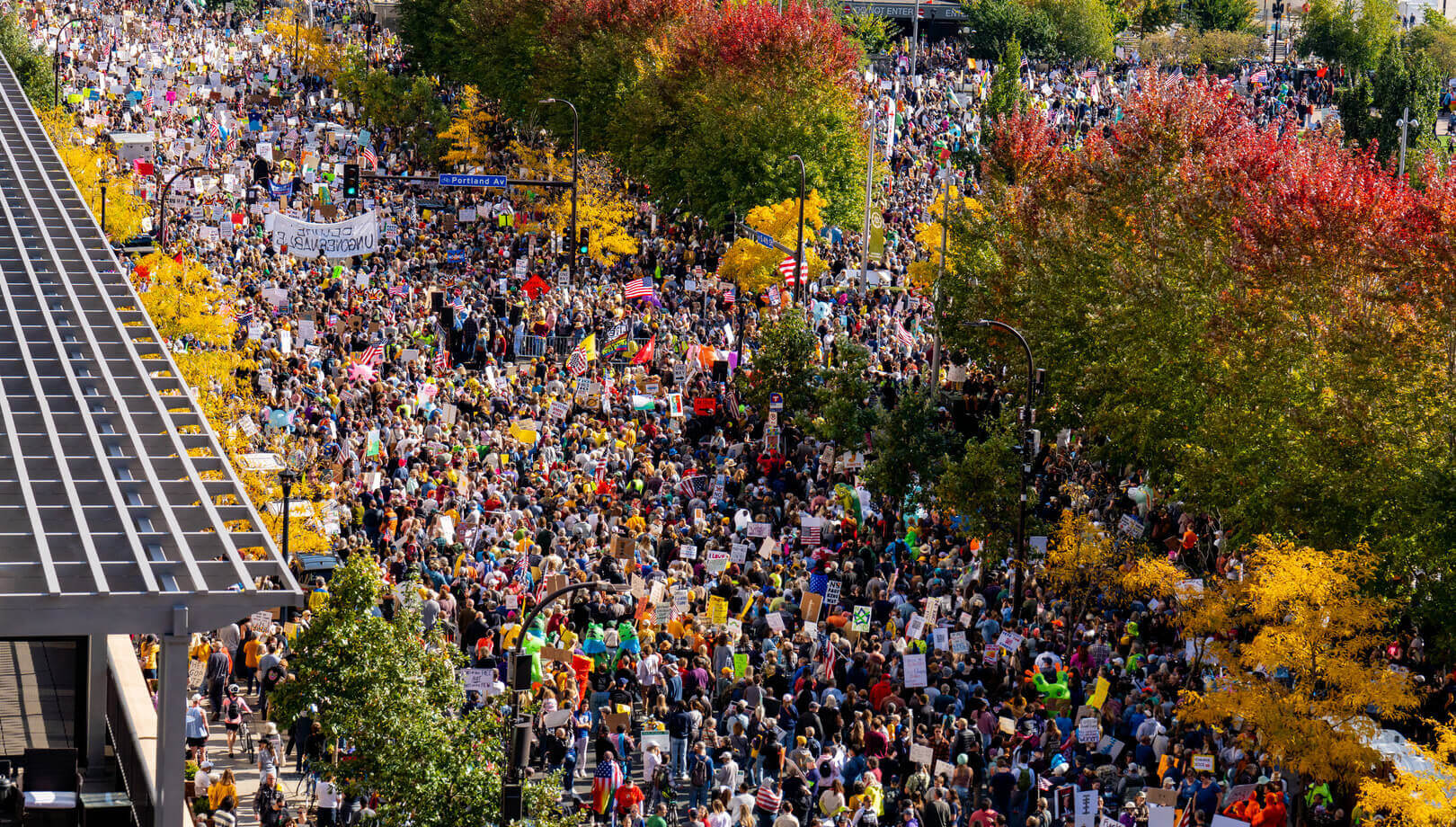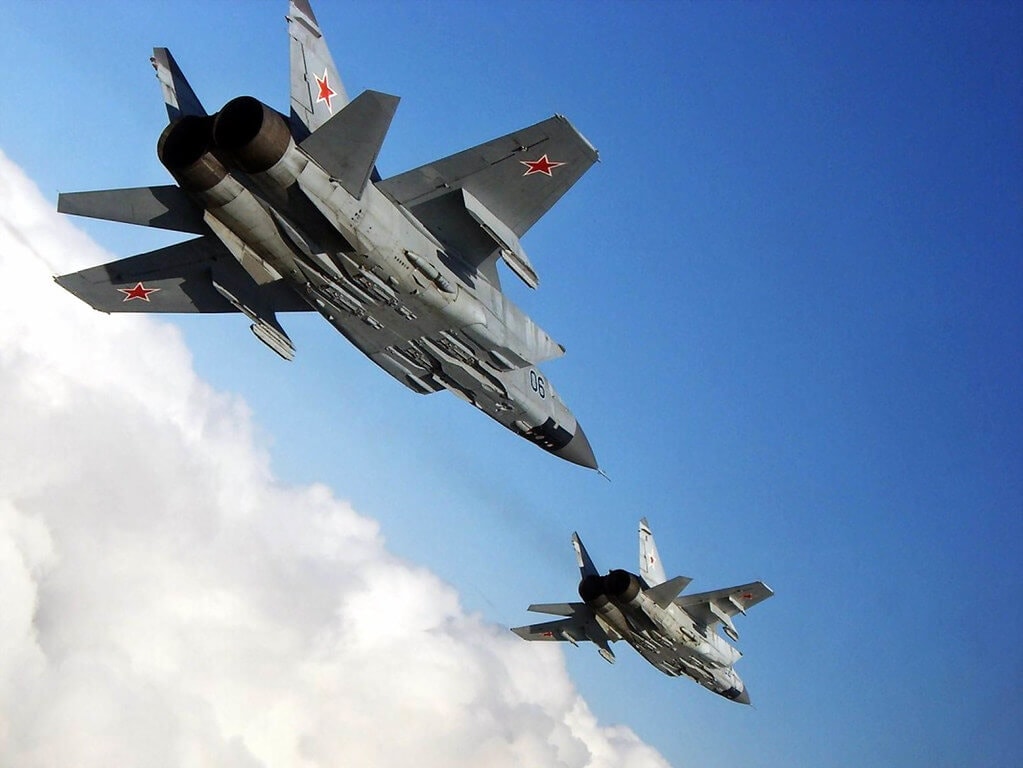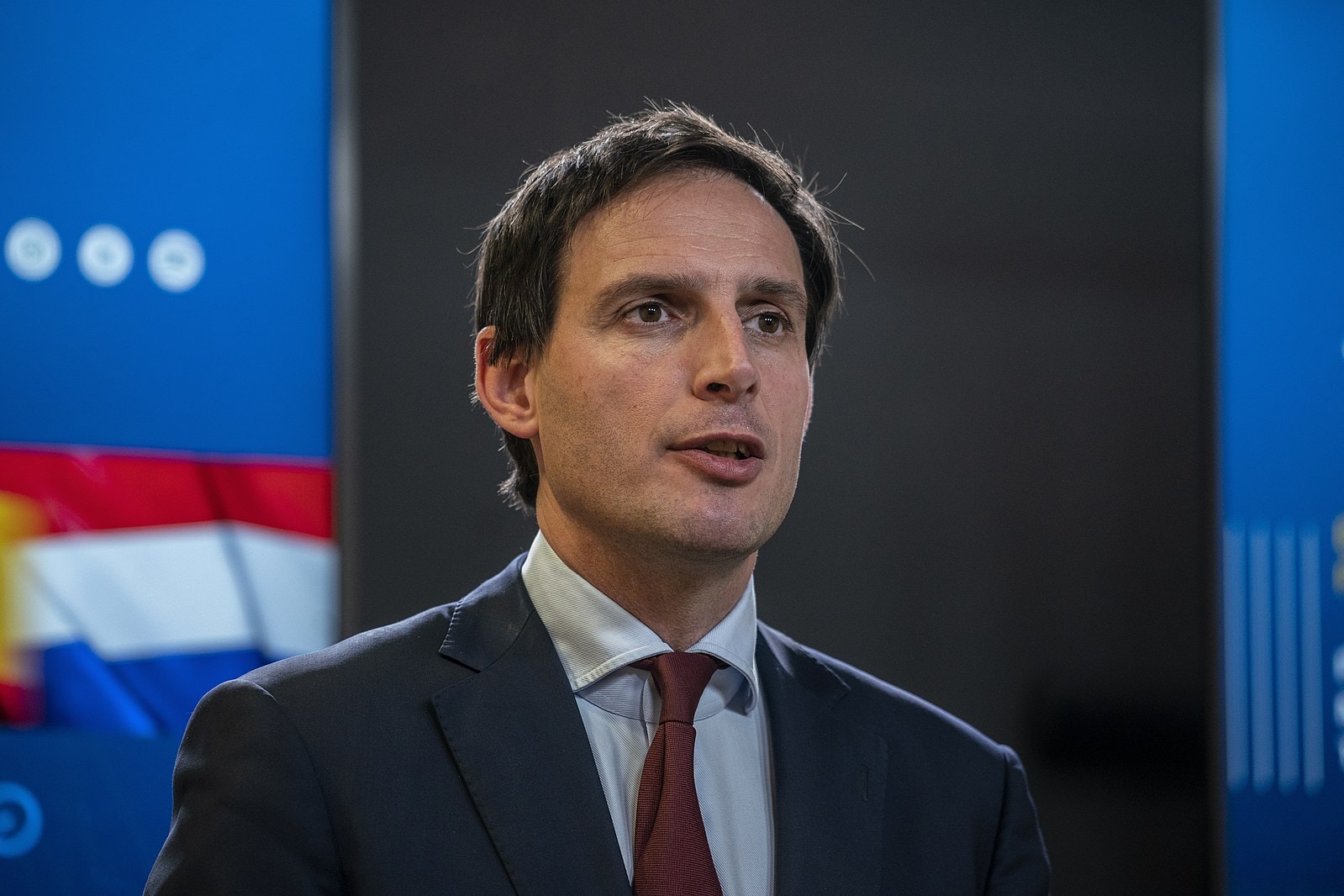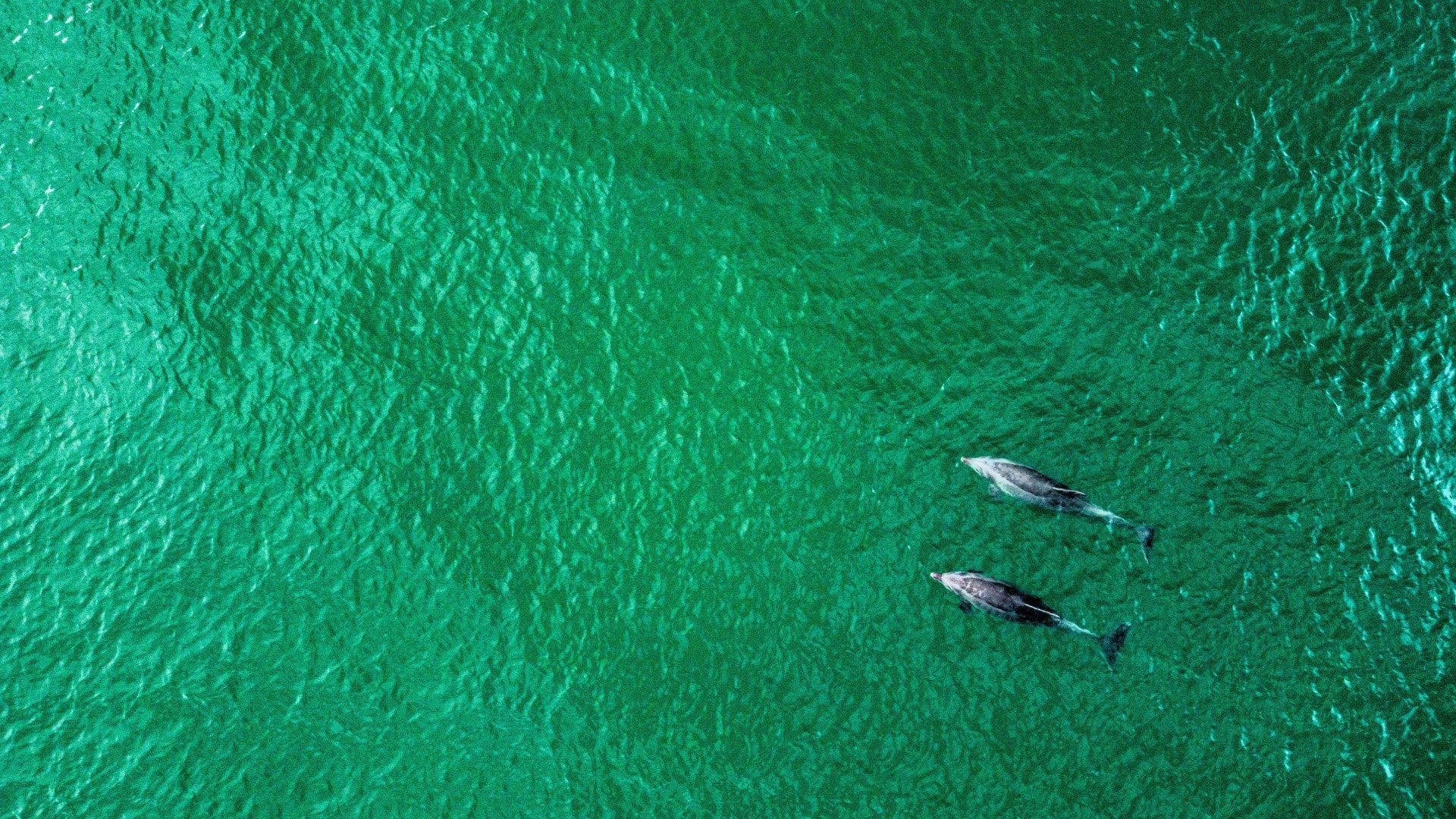Historically, democracies have always been more fragile than dictatorships, and there is a reason dictators tend to appear so strong. Lord Acton, in a letter to an Anglican bishop in 1887, put forward the notion that power is linked to corruption and famously said: “Power tends to corrupt, and absolute power corrupts absolutely.”
With unlimited power, its holder inevitably becomes disconnected from the original reason he assumed to take control of its people and society.
“Dictators” as well as the somewhat more neutral “autocrats” may be needed in some instances where a strong hand is required to maintain order, to defend the country — but never in perpetuity. Never the ideal system, a dictatorial regime in some cases may be a less bad option, but only if it is implemented for a limited duration. Otherwise, such regimes are simply bad, if not evil.
Today there are nearly 200 countries, some of which are democracies, and alas, more are either dictatorships or quasi-dictatorships. And where they exist, in many places their public is losing faith in democratic systems.
While it is also true that every era in modern history has risks that are endangered by potentially catastrophic mistakes, especially by those with unlimited power, ours is undoubtedly more so than ever before. Destructive technology is within easy reach of despots, such as controlling the messages and the media, or surveillance of the population for political objectives, especially by leaders who feel cornered or threatened by those within or without.
What history has taught us is that getting rid of any authoritarian ruler or dictator is a complex and multifaceted process that can take place through various means. These include military coups, popular uprisings, external interventions, and other strategies, each with its unique characteristics and implications.
The Russian case
Russia today is a dictatorship, whatever claim is made otherwise. Putin continues to tighten his grip and consolidate power. And most recently there is the “unexplained” death of Alexi Navalny and the heavy-handed, violent muzzling of public outpouring of support. Speaking to a court where he was yet another time on trial, Navalny said about Russia — but likely true of many dictatorships:
“Everything is built on lies. Do you understand? And the more convincing the evidence any of us produces, the bigger the lies that are thrown back at us. These lies are the tool the state uses. They have become the very essence of our society.“
Putin’s power may well appear to outsiders as permanent and unstoppable. He has managed to stitch together country alliances and find ways to circumvent Western sanctions such that the Russian economy is functioning better than most expected. Though not as well as he might have wanted given the fact that the urban population is now feeling the sting of war as public services are slowly falling apart — an inevitable by-product of having militarized the economy in the effort to carry out the war in Ukraine.
Russian history in the last two centuries is replete with successful and failed attempts to replace governments, starting with the overthrow of the Tsar. Then we saw Nikita Khrushchev replace Stalin, to be “replaced” by Leonid Brezhnev, succeeded by Yuri Andropov, and Konstantin Chernenko, who was “replaced” by Mikhail Gorbachev. Then came Boris Yeltsin who got us to Vladimir Putin today. Putin has already had to deal with an unsuccessful demi-coup effort in 2022 by Yevgeny Prigozhin, the leader of the Wagner Group who died in an unexplained “airplane crash.”
As we can place little trust in Russian polls, it is hard to say what may be the real Russian attitudes toward the Ukraine invasion. Further, the response to Alexi Navalny’s death makes it difficult to evaluate the extent of opposition to Putin’s rule even if it is telling to some degree that he acted now, before the Presidential elections, because he feared visible resistance.
Mistrust of those near and far must be a constant worry for Vladimir Putin. Given Russia’s past, and recent events, it is conceivable that Putin may ultimately be ousted, albeit how and when, this year or in ten years, is sheer speculation.
Past Efforts to Overthrow Dictators
There are many reasons, and hundreds of examples of the different ways and means dictatorial/authoritarian regimes have ended or there were unsuccessful efforts to do so. Below are brief examples.
Military Coups
Overthrowing a ruling authority by the military usually involves swift coordinated efforts by a core group of disaffected military leaders and personnel who seize control of the government.
- Turkey: In 1960, the army commander, General Cemal Gursel, sought political reforms related in part to the retention of the principles of the secular state, which were denied. Gursel resigned and then led a successful coup deposing the Democrat Party (DP), which had been in power since 1946. In 2016 an attempted military coup to overthrow the government of Recep Tayyip Erdogan failed, and its leaders were given life sentences. Erdogan remains in power today, having solidified his control over Turkish institutions.
- Chile: In 1973, the armed forces staged a coup d’état toppling its democratic socialist president, Salvador Allende. Allende died during an assault on the presidential palace and the junta was installed with General Augusto Pinochet Ugarte as president.
- Myanmar: A democratically elected government in 2015 was overturned by a military coup in 2021. Myanmar’s Parliament had been scheduled to endorse the results of a national election with the apparent and overwhelming winner, the National League for Democracy, led by Daw Aung San Suu Kyi. The situation in Myanmar has morphed into an ongoing civil war, with no end in sight.
- Burkina Faso: Since independence in 1960, Burkina Faso has experienced an overthrow of government more than half a dozen times. This has included civilly elected governments that were ousted from power by the military, and even military governments have themselves been removed. (Other West African regimes are now in the hands of the military.)
Related Articles: As Democracy Erodes Worldwide, Autocracies Are Getting Stronger, Concludes New Report | The Post-Roe Era Has Begun: What It Means for the US and the World | Hungary Is No Longer a Democracy | Turkey’s Erdogan: A Double Whammy Against Europe and Women | NATO and Putin’s Nuclear Threats
Popular Uprisings
Mass mobilization of the general population, organized or spontaneous, can culminate in widespread protests, demonstrations, and civil disobedience challenges. When there is enough energy and willingness to confront brutality or other punishment, the result can be the overthrow of existing ruling authorities.
- Czechoslovakia: Popular demonstrations in 1989, initiated by student protesters, later joined by half a million people, overthrew the forty years of one-party government of the Communist Party, called “the Velvet Revolution.” Efforts to topple the authoritarian regime had been tried twenty years before, but Soviet tanks had quashed that earlier attempt. Note: Today the country is divided into two independent nations: The Czech Republic and Slovakia.
- The Arab Spring Uprisings A series of popular uprisings swept across much of the Middle East. Mass protests and demonstrations challenged long-standing regimes, in 2011, affecting Middle Eastern and North African countries including Tunisia, Morocco, Syria, Libya, Egypt and Bahrain. The rulers of Tunisia, Libya, Egypt were deposed and led to the Jasmine Revolution (Tunisia), Egypt Uprising of 2011, Yemen Uprising of 2011–12, the Libya Revolt of 2011, and Syrian Civil War.
- The Philippines: A popular uprising in 1985, the “People Power Revolution,” involved massive public demonstrations and civil resistance against the two-decade regime of President Ferdinand Marcos. It culminated in his forced resignation and exile. The family is back: In 2022 his son Ferdinand Marcos Jr. was elected president.
External Interventions
Direct or indirect involvement of foreign powers, international organizations, or regional actors can either be the cause or encouragement for the removal of a dictatorial regime. Outsider engagement can take the form of diplomatic, economic, or military intervention. Here are some examples:
- Libya: A NATO-led military intervention joined by Qatari partners in 2011 supported a grassroots rebellion and rebel forces seeking to overthrow Muammar Gaddafi’s regime, one that had dominated Libyan politics for four decades. The “al Fateh” revolution weakened Gaddafi’s hold on power and ultimately led to his ousting and subsequent demise.
- Panama: In 1989, the United States launched “Operation Just Cause,” a military intervention aimed at removing General Manuel Noriega from power. The operation involved a coordinated military campaign that resulted in Noriega’s capture and subsequent surrender to US forces in 1990. He was jailed for life, dying at age 83 in 2017.
And there are other means…
Pressure tactics and other ways have been applied to remove a dictator, such as nurturing an internal power struggle, economic collapse, or international isolation.
- Zimbabwe: The internal power struggle within Zimbabwe’s ruling party, as well as days of protests, and an impeachment hearing, led to the “removal” of President Robert Mugabe in 2017. After 37 years of ruling the country, the mounting pressure from within his own party and the military, Mugabe ultimately resigned, ending his decades-long rule.
- Haiti: Economic deterioration and public discontent in 1986 ended “Baby Doc” Jean-Claude Duvalier’s rule, one which began in 1971, following the 14-year rule of his father, “Papa Doc,” after his death. The two Duvalier regimes ruled the country for nearly 30 years. The result was Baby Doc Duvalier went into exile, but subsequently returned to Haiti in 2011 whereupon he was arrested and tried.
Ousting one dictator does not assure what follows will be better, and in many cases may be worse… unfortunately.
Editor’s Note: The opinions expressed here by the authors are their own, not those of Impakter.com — In the Featured Photo: Russian President Vladimir Putin. Featured Photo Credit: Wikimedia Commons.


